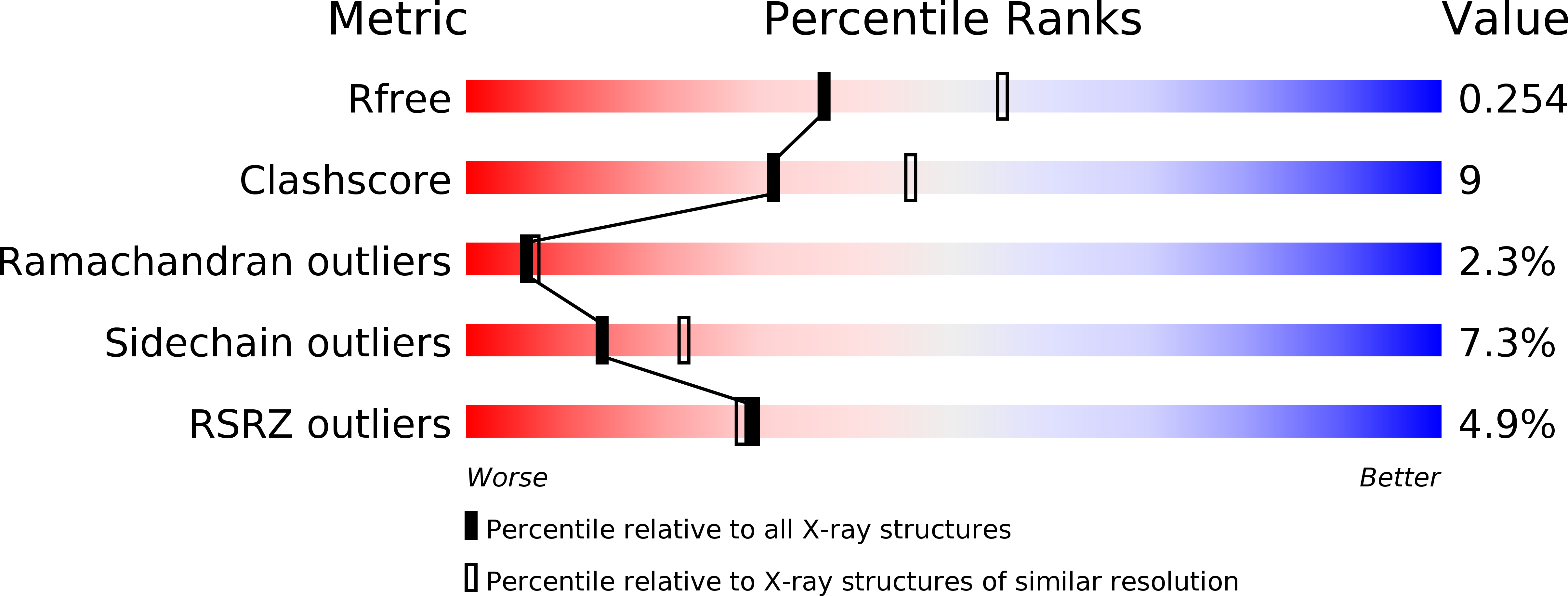
Deposition Date
2015-03-07
Release Date
2015-04-29
Last Version Date
2024-02-28
Entry Detail
PDB ID:
4YMR
Keywords:
Title:
Crystal structure of the domain swapped PXB/TPR domain of mouse SNX21
Biological Source:
Source Organism:
Mus musculus (Taxon ID: 10090)
Host Organism:
Method Details:
Experimental Method:
Resolution:
2.40 Å
R-Value Free:
0.26
R-Value Work:
0.22
R-Value Observed:
0.22
Space Group:
P 32 2 1


